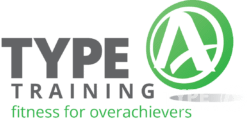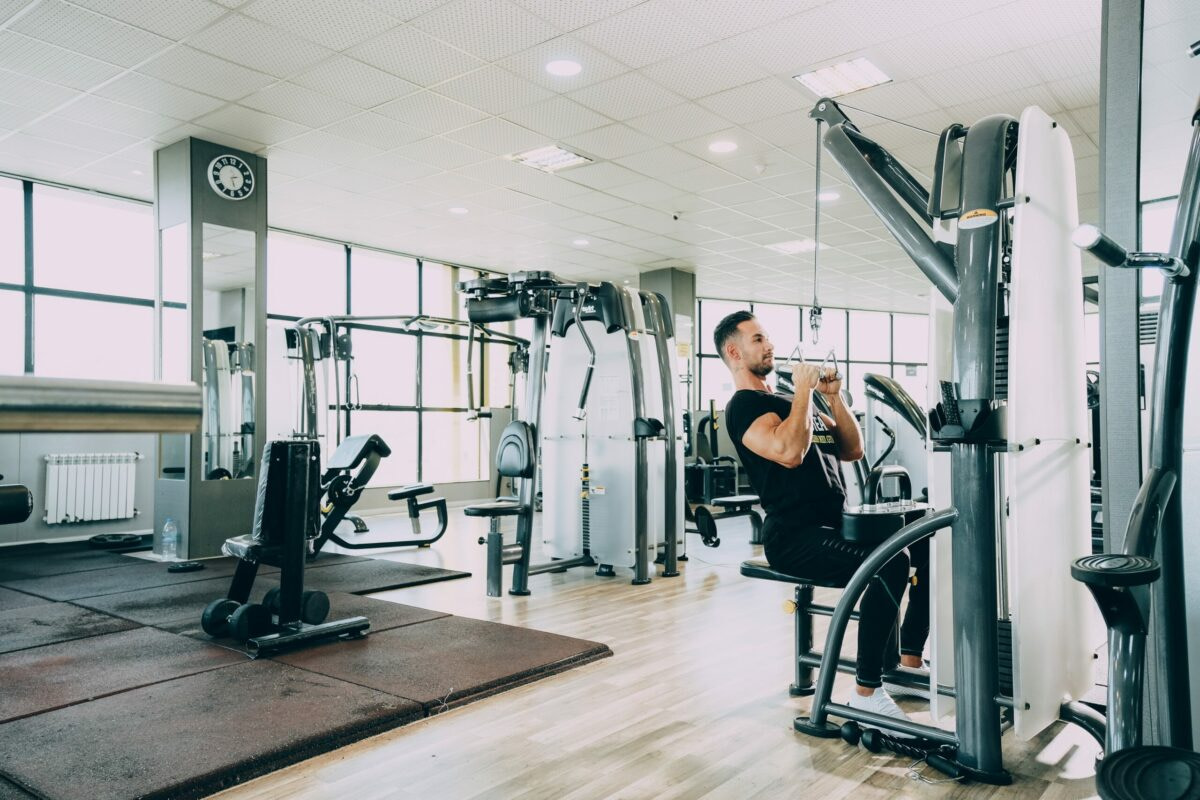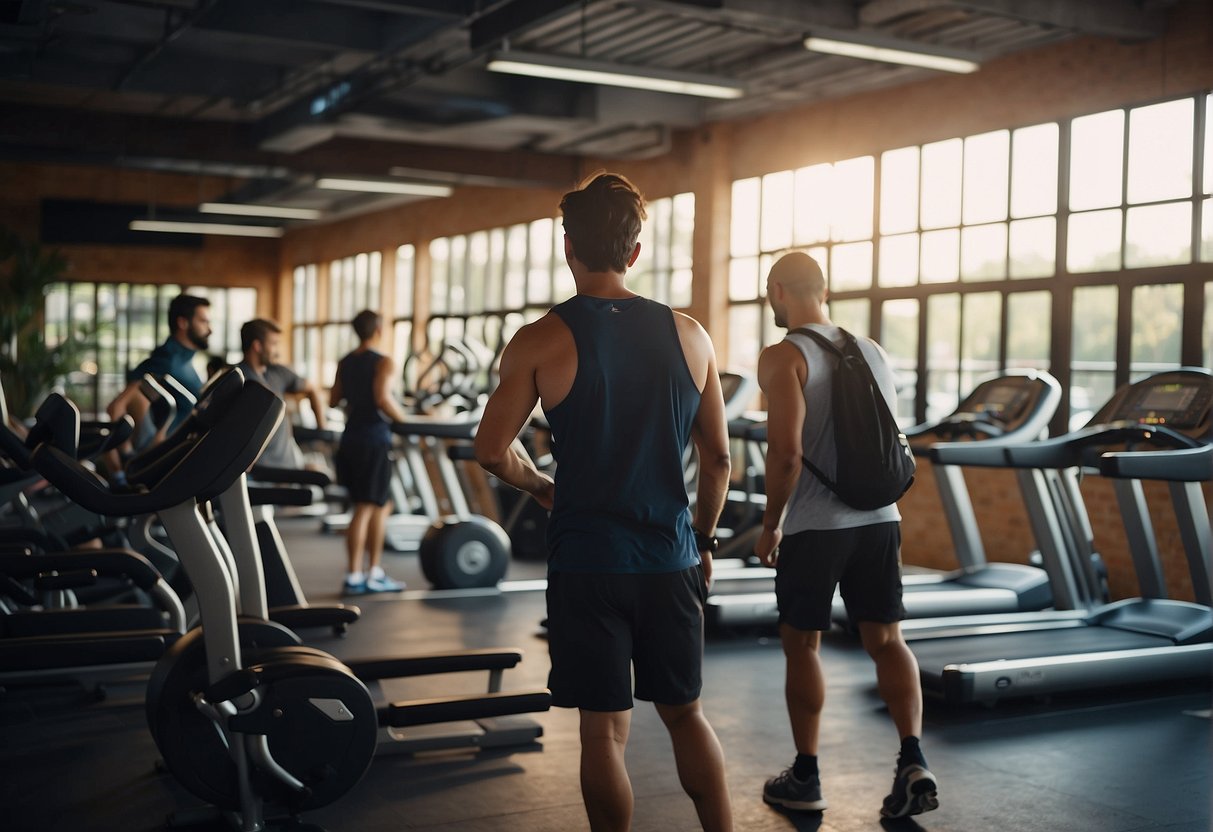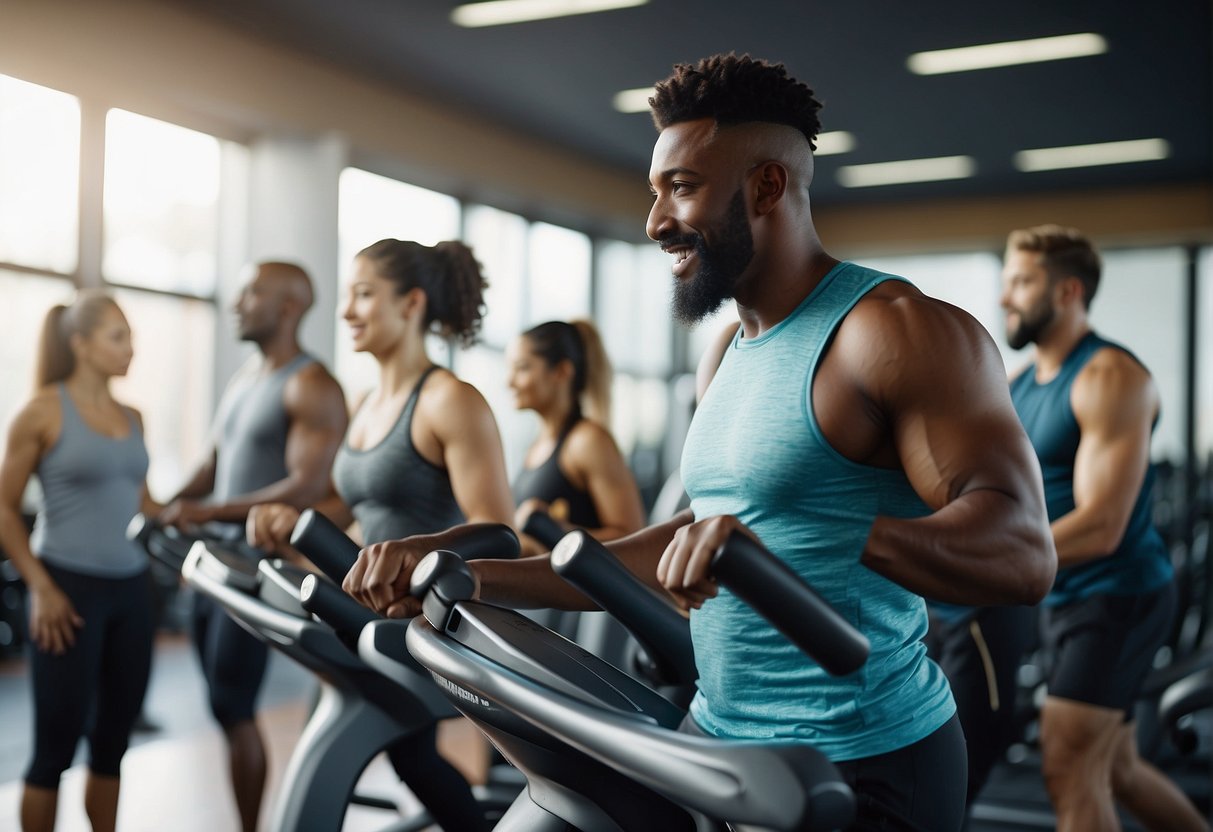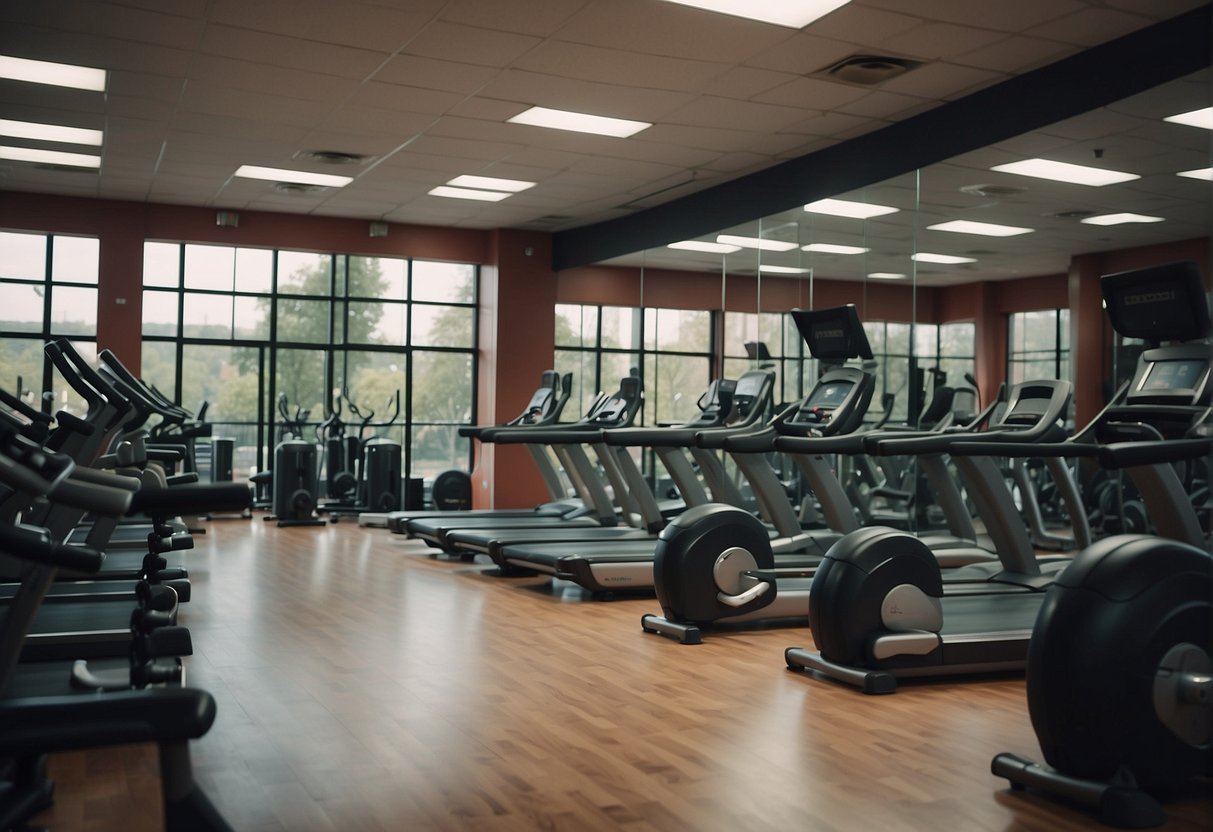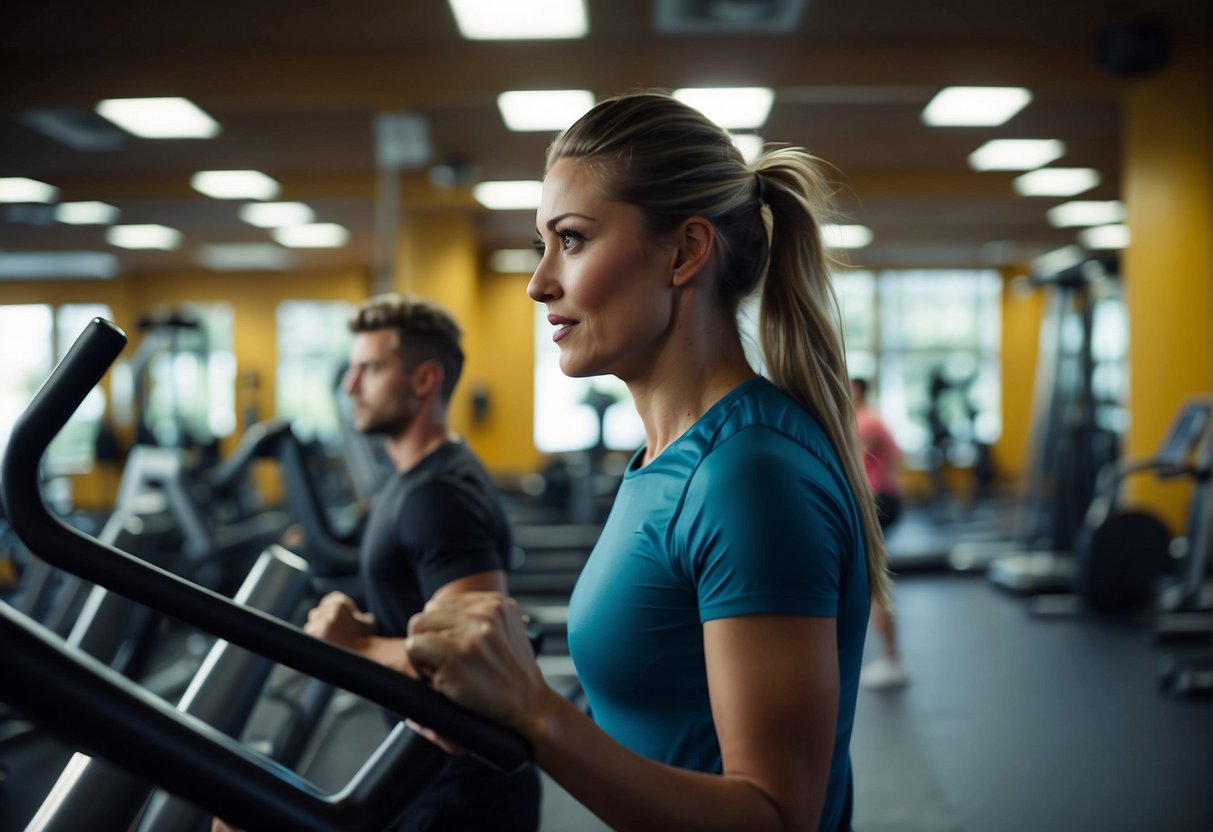Embarking on a new fitness journey often starts with the decision to join a gym. Before you commit to a membership, there are several factors to consider that can greatly affect your experience and success.
Cost is one of the most obvious concerns. Gym memberships can range from as little as $10 per month up to several hundred dollars, with prices reflecting the range of facilities and services provided. Understanding what you’re willing to invest monthly is essential to making a practical choice that aligns with your personal budget and fitness goals.
Choosing the right gym entails more than just evaluating the cost. Location and convenience play a critical role in maintaining your motivation and ensuring you make the most of your membership.
Popular posts:
A gym that’s close to your home or workplace encourages regular attendance, which is key to reaching your fitness objectives.
Additionally, consider the equipment and amenities available. A gym that offers a variety of equipment and classes can provide a more comprehensive fitness experience and keep your workouts dynamic and engaging.
1. Determining Your Fitness Goals
Before you sign up for a gym membership, it’s critical to clearly define your fitness goals. Whether you aim to enhance cardiovascular health, build strength, or increase flexibility, your objectives will shape which gym and what types of workouts best fit your needs.
Aligning Gym Features with Goals
- Cardiovascular Health: If improving your heart health is a priority, seek a gym with diverse cardio equipment such as treadmills, elliptical machines, and stationary bikes. Additionally, look for facilities offering high-intensity interval training (HIIT) classes to elevate your heart rate and boost stamina.
- Strength Training: For building muscle and strength, target gyms with comprehensive weight sections including free weights, barbells, and resistance machines. Ensure they provide a range of equipment for all muscle groups.
- Flexibility and Balance: If your goals include enhancing flexibility or balance, search for a gym that provides classes in yoga or Pilates. Verify that these classes are available at your level of experience and that the schedule aligns with yours.
- Overall Fitness: For a well-rounded fitness program, look for gyms that offer a mix of strength, cardio, and flexibility workouts. Group classes or personal training sessions can also be beneficial in maintaining a diverse and motivating routine.
2. Assessing Your Budget
When considering a gym membership, it is essential to factor in the cost implications to your budget. You will need to have a clear understanding of the regular membership fees and any additional charges that may not be immediately apparent.
Understanding Membership Costs
Membership costs can vary greatly among gyms, ranging from a modest $10 a month to premium options costing several hundred dollars. Before signing up, make sure the monthly fee aligns with your financial plan. Look out for special discounts that may apply to your situation, such as student or corporate rates.
- Standard Fees: Typical memberships run $30-$50 per month.
- Discount Opportunities: Be sure to inquire about long-term deals or trial periods.
Evaluating Additional Fees
Beyond the advertised membership fee, gyms may charge extra for classes, personal training, or access to certain facilities.
- Hidden Fees: Additional charges may include initiation fees, annual maintenance, or cancellation fees.
- Ask Questions: Don’t hesitate to ask for a full breakdown of all costs to avoid surprises on your bank statement.
3. Choosing the Right Location
When selecting a gym membership, the significance of the gym’s location cannot be overstated. It directly affects your routine and the likelihood of you sticking to your fitness goals.
Proximity and Convenience
- Distance: The closer the gym is to your home or workplace, the more likely you are to go. If it requires a long commute, you may find excuses to skip workouts.
- Convenience: Look for a location that fits seamlessly into your daily routine. This may mean choosing a gym on your commute route or near places you frequent for errands.
Consistently incorporating gym visits into your schedule is more feasible when the location is a natural part of your day. Choose a spot that minimizes barriers to frequent attendance.
4. Exploring Gym Amenities
Before you commit to a gym membership, it’s essential to ensure that the amenities align with your fitness goals and preferences. Consider the variety and condition of both equipment and available services carefully to make an informed decision.
Equipment and Facilities
Your gym should be equipped with a wide range of well-maintained equipment. This includes an assortment of free weights like dumbbells and barbells, weight machines for targeted muscle training, and cardio equipment such as treadmills, ellipticals, and stationary bikes. Look for a variety of options to keep your workouts dynamic and engaging.
- Dumbbells: Available in different weights to suit all strength levels
- Barbells: Including both Olympic and standard bars
- Weight Machines: Leg press, chest press, and others for full-body workouts
- Cardio Equipment: Treadmills, ellipticals, and stationary bikes
It’s also important to consider the cleanliness of the facilities, including the locker rooms. Check for a well-maintained pool area if swimming is part of your routine and inquire about other amenities like saunas or steam rooms for post-workout recovery.
Classes and Training Options
A good gym offers a variety of classes and personal training options that accommodate different fitness levels and interests.
Group fitness classes provide a social environment to stay motivated, with offerings like yoga, spinning, or HIIT sessions.
- Yoga: For flexibility and mental focus
- Spinning: High-intensity cardio workout
- HIIT: Short bursts of intense activity for fat burning
For more personalized attention, consider working with personal trainers who can tailor a fitness plan to your specific goals. They can offer guidance on proper technique and help you get the most out of your gym experience.
5. Considering Membership Flexibility
When you’re in the market for a gym membership, understanding the flexibility of your membership options can save you from future headaches. Pay close attention to the contract terms and commitment level, as well as the inclusivity of guest privileges and family plans.
Contract Terms and Commitment
Your gym membership is bound by a contract that stipulates the terms and duration. Review these documents thoroughly to ensure you’re aware of the commitment you’re making.
Are you signing up for a month-to-month membership or are you required to commit to a full year?
It’s crucial to know how flexible your gym’s cancellation policy is in case your circumstances change.
Additionally, inquire if they offer a trial membership which can be a short-term agreement allowing you to evaluate the gym before committing long-term.
Guest Privileges and Family Plans
Many gyms offer guest passes or family plans which add tremendous value if you enjoy working out with friends or family members.
Check if your membership includes guest privileges and what restrictions might apply.
For example, some gyms might limit the number of guest visits per month or only allow guests during certain hours.
A family plan can be cost-effective and convenient if multiple household members are interested in joining.
Confirm the definition of “family” as per the gym’s policy, as it can vary and might include or exclude individuals like domestic partners or roommates.
6. Evaluating the Gym Atmosphere
When selecting a gym, the ambient environment and social elements play pivotal roles in shaping your workout experience. Paying attention to these factors can profoundly impact your motivation and comfort.
Crowd and Peak Times
Gym Population: It’s essential to assess not just the quantity of people, but the kind of crowd that frequents the gym.
Is it bustling with fitness enthusiasts during peak hours, typically early mornings and late afternoons, or is it more relaxed?
By visiting during different times of the day, you can determine if the atmosphere suits your preference for a quiet session or a vibrant, energized environment.
Peak Times Analysis: Noting the times when the gym is busiest can help you plan your schedule.
A gym may have a timetable showing peak and off-peak periods, which could influence your decision if your intent is to exercise during less crowded times to have better access to equipment.
Staff and Community Engagement
Staff Presence: Experienced, friendly staff contribute positively to the gym’s atmosphere.
Are they proactive in assisting with equipment, offering advice, and maintaining gym etiquette among the patrons?
The staff’s approach to engagement can make a difference in fostering a welcoming and professional environment.
Community Connections: Some gyms emphasize a sense of community, with staff and members creating an interconnected network.
Look for whether the gym organizes events or provides spaces for social interaction that indicate an active, engaged member base. This sense of inclusivity might enhance your overall gym-going experience.
7. Reading Reviews and Getting Recommendations
Before you commit to a gym membership, invest time in research to ensure your selection best meets your fitness goals.
Part of this process should include reading reviews from current and past members.
Why Read Reviews?
- Gain insight into the gym’s environment.
- Understand the pros and cons of the facilities and services.
- Assess the gym’s maintenance and cleanliness.
Remember: Online reviews can sometimes be biased. It’s important to read a variety of reviews to get a balanced understanding.
Getting Recommendations
- Word of Mouth: Talk to friends, family, and coworkers about their gym experiences. Personal recommendations often provide reliable information.
- Social Media and Forums: Fitness groups on platforms like Facebook or Reddit can offer candid feedback and tips.
Checklist for Evaluating Reviews and Recommendations:
| Criteria | Note |
|---|---|
| Cleanliness | Do members find the gym well-maintained? |
| Equipment | Is the equipment modern and in good condition? |
| Staff | Are the staff helpful and knowledgeable? |
| Crowd | What’s the peak time traffic like? |
| Contracts | Are there flexible membership options? |
8. Visiting and Experiencing the Gym
Before committing to a gym membership, it’s crucial to get a firsthand look at the facility and what it has to offer. This allows you to evaluate if its environment and resources match your workout preferences and needs.
Taking a Tour
Book a guided tour of the facility.
While on this tour, pay attention to key amenities such as the weight area, cardio machines, and group fitness classrooms.
Notice how the staff maintains the cleanliness of the gym, including bathrooms and communal areas.
This visit will give you insight into whether you’d be comfortable on a daily basis and if the setting aligns with your fitness goals.
Using a Trial Pass
Many gyms offer trial periods or a one-day guest pass to experience their services.
Take advantage of this opportunity to attend a few exercise classes and try out different equipment.
It’s essential to feel that the gym’s atmosphere and offerings justify a regular investment in your health and fitness journey.
Make sure to set up your trial at a time that reflects when you would normally exercise to get the most accurate sense of your future experiences.
9. Cleanliness and Maintenance
When evaluating a gym, it’s vital to gauge the cleanliness and overall maintenance of the facility. These aspects are not only crucial for your comfort but are also indicative of the gym’s dedication to providing a safe and healthy environment for its members.
- Inspect Facilities: Take the time to walk through the gym.
- Observe whether the bathrooms are clean, if the benches are wiped down, and if the machines appear well-maintained.
- Equipment Condition: Check that the cardio machines, weights, and other equipment are in good working order.
- If you find numerous “Out of Order” signs, it may suggest a lack of proper maintenance.
- Cleanliness Standards: A facility’s approach to hygiene speaks volumes.
- In the current climate, high standards for sanitation demonstrate a gym’s commitment to member well-being.
- Find out what protocols are in place for cleaning and sanitation.
10. Crowd and Peak Times
When selecting your gym, understanding the crowd and peak times is crucial for a comfortable workout experience.
Inquire about the busiest times: Ask the staff about the gym’s peak hours to ensure your workout schedule aligns with less crowded periods.
Peak times typically fall before and after standard work hours.
Expect higher attendance between 8-10 AM and 4-7 PM.
You may prefer a less populous environment, making off-peak hours, such as midday or late evening, more suitable for your sessions.
Assess the crowd: Beyond just numbers, consider the type of crowd the gym attracts.
For example, if a gym is popular with powerlifters or has group classes, it could affect the availability of equipment.
Be mindful of your own routine.
If you’re flexible, try to visit the gym during quieter times, which could be mid-day or late in the evening.
| Timeframe | Expected Crowd Level |
|---|---|
| Early Morning (5-8 AM) | Moderate |
| Mid-Morning (8-10 AM) | Busy |
| Midday (10 AM-4 PM) | Quiet |
| Evening (4-7 PM) | Busy |
| Late Evening (After 7 PM) | Quiet |
11. What Are My Options If the Gym Isn’t a Good Fit? Exploring In-Home Personal Training
Explore Home Workout Routines
You have the option to create your own workout space at home.
Investing in some basic equipment like dumbbells or resistance bands can be a cost-effective start.
There are various free and paid resources to guide you through workouts that can be tailored to your preferences and fitness level.
Try Outdoor Activities or Sports
If the gym environment is not stimulating, you can turn to outdoor activities or team sports.
Hiking, cycling, or joining a local sports league can offer both physical benefits and a sense of community.
This can be a great way to stay active and meet new people with similar interests.
Consider Boutique Fitness Studios
Boutique fitness studios offer specialized classes in a more intimate setting.
If you’re looking for something specific, like yoga, Pilates, or spin classes, these types of studios may offer a more personalized experience.
They often provide a community feel that larger gyms may lack.
In-Home Personal Training: A Valuable Alternative to the Gym
If you find that the traditional gym setting isn’t aligning with your fitness goals or preferences, in-home personal training can be a valuable alternative. With in-home personal training, you can enjoy personalized workout sessions tailored to your needs, preferences, and schedule, all in the comfort and privacy of your own home. This option eliminates the commute to a gym and provides a customized fitness plan designed to help you achieve your specific goals efficiently.
Frequently Asked Questions
Making an informed decision about gym memberships can save you both time and money. These FAQs will guide you through what to consider before signing a contract.
What should I look for in a gym’s trial period before committing to a membership?
Evaluate the trial period by checking the access you have to various areas of the gym.
Ensure you can attend during peak hours and try out all the equipment and classes that interest you.
What are the essential factors to consider when comparing different gym chains?
When comparing gym chains, look at their membership fees, the quality of facilities, locations, and the variety of equipment and classes they offer.
Consider their cancellation policies as well.
How do I evaluate the cost vs benefits of a gym membership?
To evaluate cost versus benefits, assess if the membership price aligns with the amenities offered, such as classes, equipment, and additional services.
Also, weigh how often you will realistically use the gym.
What are the key amenities to look for when choosing a gym?
Important amenities may include a wide range of well-maintained equipment, clean locker rooms, availability of personal trainers, and diverse class offerings.
High-quality amenities enhance your gym experience.
How do I determine if a gym’s location and hours fit my schedule?
Check if the gym’s location is convenient for your daily commute and if their hours of operation accommodate your schedule, especially during your preferred workout times.
What are the common requirements for signing up for a new gym membership?
Common requirements may include personal identification, a health questionnaire, and payment information.
Some gyms also require an initiation fee or a commitment to a minimum contract period.
